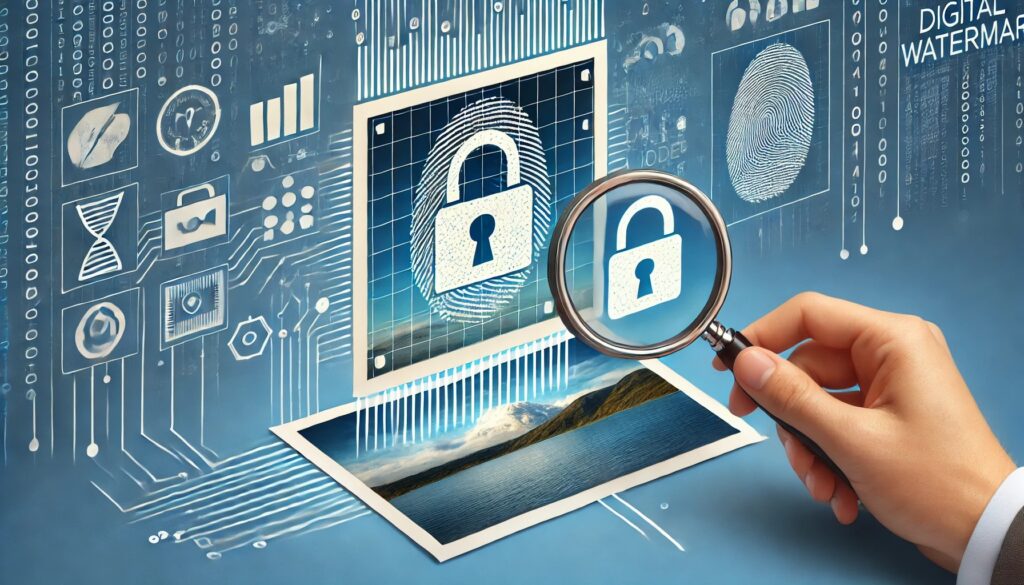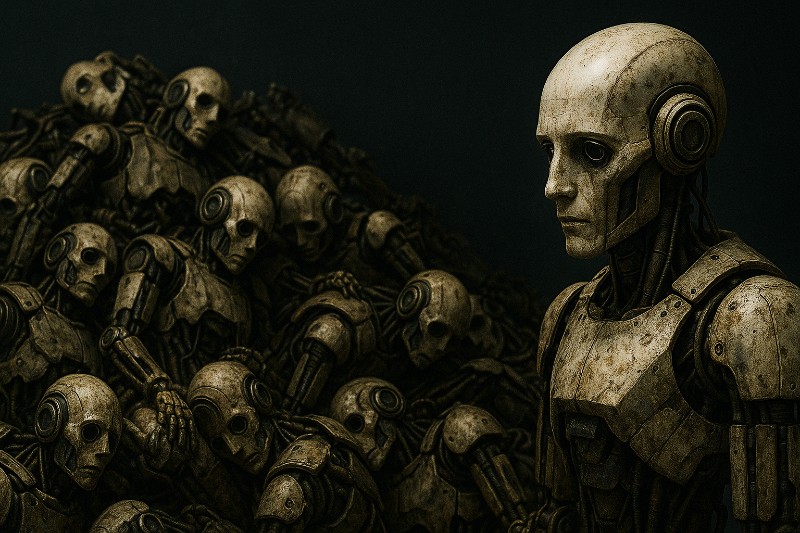If you were to create something truly amazing, how would you feel if someone else copied or used your creation without your consent? It doesn’t matter what your creation was; it would fill you with anger, wouldn’t it?
However, the consequences of plagiarism can extend beyond anger, frustration, and devastation. They can significantly impact your professional standing, achievements, and career, as the plagiariser could gain recognition, titles, and awards that rightfully belong to you.
Unfortunately, this is not just a hypothetical situation. It happens daily. It even happens to renowned artists, like Jingna Zhang, who had one of her photos plagiarised by another artist. The plagiariser even won an award for the painting he created by copying Zhang’s work. But thanks to copyright law, Jingna Zhang won after a two-year legal dispute.
AI’s Role in Plagiarism: Catalyst or Conduit?
The aforementioned case has reminded us once again of the importance of copyright law in protecting original work. That is particularly true today when anyone can use AI to plagiarise original content.
In an ideal world, people would use AI for the exact purpose it was created: namely, to boost productivity, improve the quality of their work, and find novel ideas that could make their work more unique.
However, we don’t live in an ideal world. In the real world, anyone can use different AI tools to manipulate digital content found online and then claim they created everything from scratch. For instance, a person could use a video generator to transform someone else’s article into a video and then post it on social media to get likes and followers. Likewise, a photo found online can be easily converted into a painting-like image and sold as downloadable art. Even worse, a student could use an AI program to write a paper (though that wouldn’t be plagiarism in the traditional sense) and then submit it as his or her own. Not to mention the AI-based deepfakes that are everywhere today… As you’ve probably got the idea, AI makes it a lot easier to plagiarise other people’s work. Because of this, plagiarism may seem like an unstoppable phenomenon. But there is a solution that could help us put an end to it. The solution is digital watermarking.
How Digital Watermarking Can Safeguard Content Integrity
Digital watermarking utilises a pattern of source tracking coding that can be embedded into the pixels of images and frames of videos. For text, the digital watermarking techniques that can be employed range from altering the space between words and changing fonts to modifying the structure of sentences, replacing words with synonyms, and inserting non-visible characters. When it comes to audio content, digital watermarking is often applied by converting the signal into a visual representation of the sound waves—commonly referred to as a spectrogram—and embedding the tracking code into it. Once the process is complete, the spectrogram is converted back into an audio signal that also includes the tracking code.
Usually, digital watermarking is invisible in images, videos, and text and inaudible in sound recordings, so it can only be detected with specialised software. Another great aspect of using digital watermarking is that it can help identify the origins of digital content even after it was manipulated. Since digital watermarking can be used to verify authenticity and establish digital ownership, it provides one of the best measures for discouraging plagiarism and piracy.
On the downside, digital watermarking has its limitations. Problems usually occur when the content undergoes extensive alterations. For instance, if an image undergoes significant style changes or a piece of text is extensively edited, even robust watermarking may be eliminated in the process. However, advanced detection techniques can be employed to recognise and rebuild watermarking patterns in such cases. Even when sophisticated AI systems are used in an attempt to remove watermarks, robust watermarking cannot be entirely removed without degrading the content.
While real-world applications of digital watermarking fail sometimes, and there are some flaws that need addressing, digital watermarking technologies provide a promising solution in combating plagiarism and piracy. Moreover, with improved technologies and novel algorithms being developed to enhance the imperceptibility and robustness of digital watermarking solutions, it’s only a matter of time before digital watermarking will have turned plagiarism and piracy into a thing of the past.




